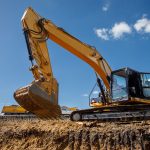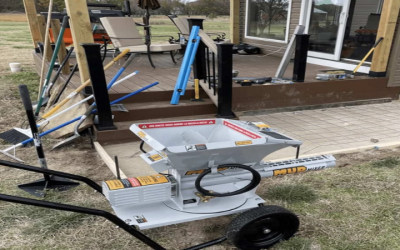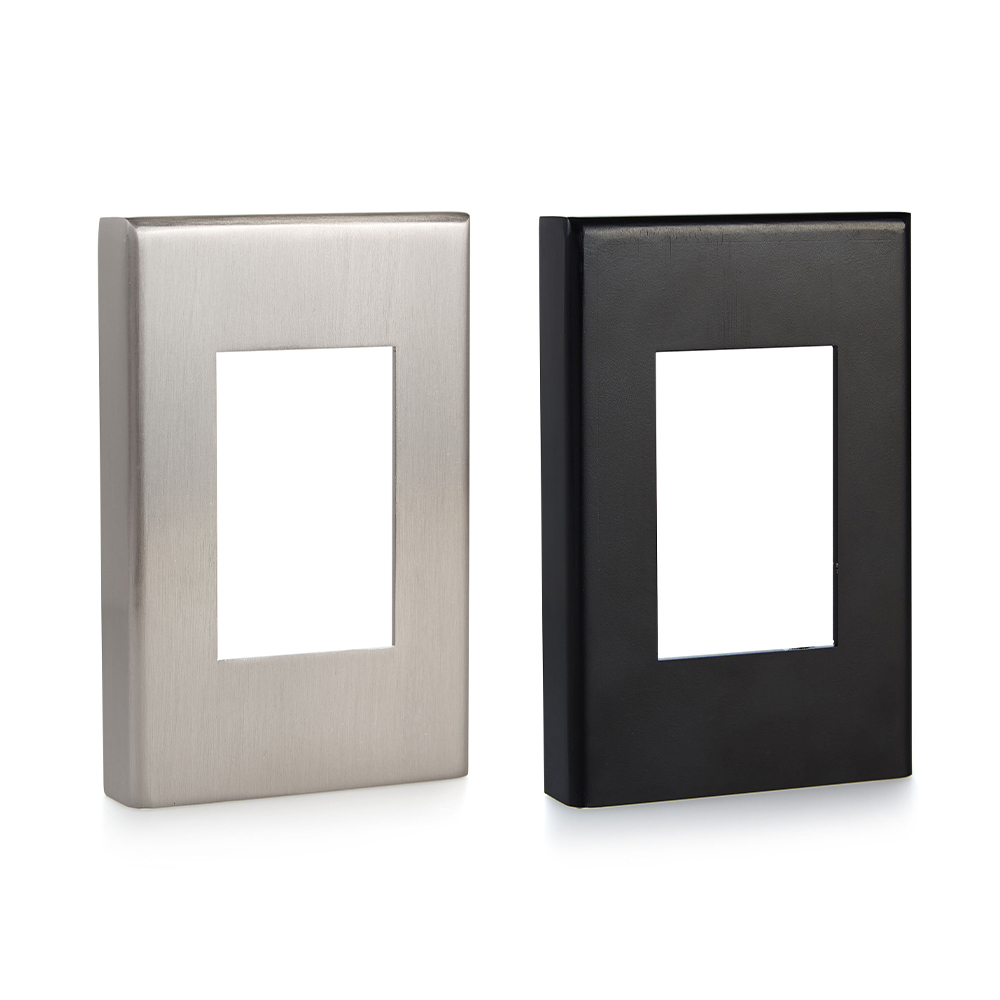If you are fond of soft drinks, you know the difference between flat and bubbly. Unless you have an upset stomach, you do not want a flat soda. You want the bubbles to roll off your tongue and fill your mouth with that fizzy sensation. This is the result of the beverage industry using a carbonation system to its best advantage.
Carbonation Systems
Carbonation is a naturally occurring process. Many mineral springs around the world feature it. Fermenting hops to brew beer and ale can produce natural fermentation. In the past, this was the predominant way to produce carbonated beverages. Today, while carbonation continues to occur naturally, the demand for carbonated products and the public’s preference for a certain level of carbonation have resulted in the development of mechanical systems.
Industries rely on equipment to inject the drink’s base with carbon dioxide. The implementation of pressure of some sort results in the retention of the fizziness instilled in the water by the gas. When the consumer removes the lid or cork, he or she releases the pressure, and the fizziness soars from the bottle into the mouth. The gas may also explode onto furniture, clothes and other items if the bottle is agitated too quickly or left in the heat.
A mechanical carbonation system addresses not only the addition of carbon dioxide into the beverage; it also makes certain the level of carbonization is correct. The levels are not the same for soda as they are for champagne or beer. Each company must make certain it installs the right system, or its drinks will not achieve the desired level of carbonization.
Choosing a Carbonation System
While it is possible to instill the right amount of carbonization with a few beverages using natural systems, this is not the norm. Generally, to ensure the designated beverages obtain and maintain a consistent level of carbonation, companies must draw upon the technological capabilities of a mechanical carbonation system.








